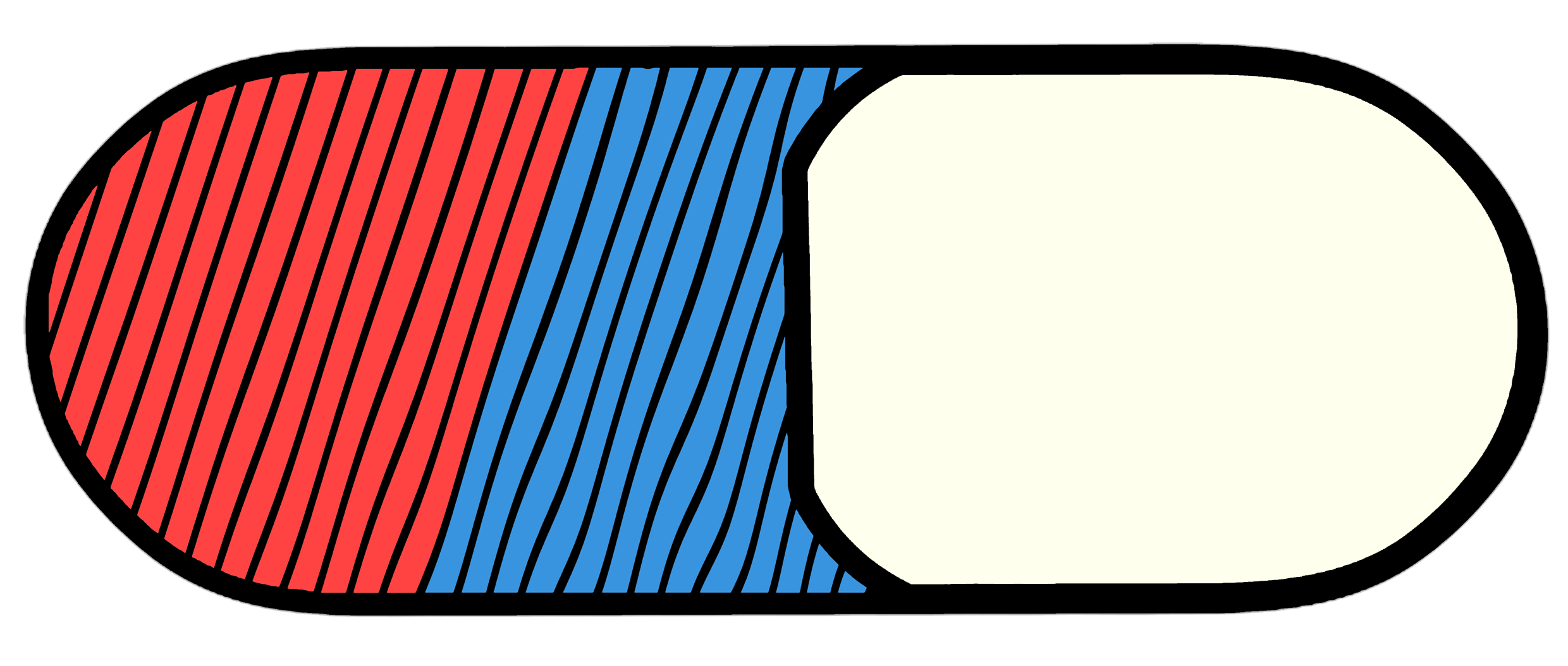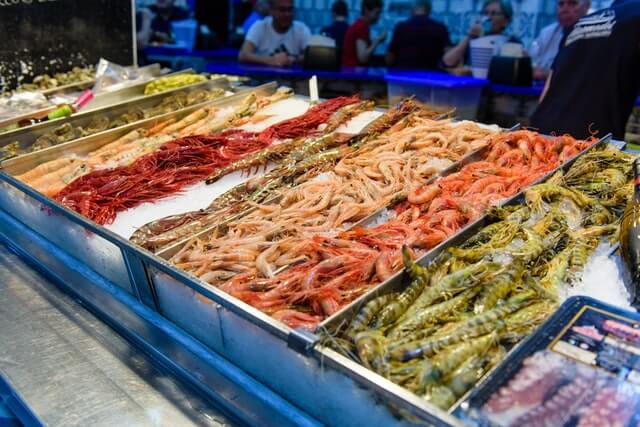
New method of cyanide detection in edibles: devised by ‘The Light Lab’, IISER Kolkata
News
Vigneshbabu T

In a study published last year, in the Royal Society of Chemistry’s ‘Analytical Methods’ , researchers from the Light lab of IISER Kolkata, headed by Prof. Subhajit Bandyopadhyay, developed a very simple and cost-effective method to detect cyanide in food and water.
Cyanide is a rapidly acting and extremely toxic compound. Poor waste management by industries often leads to neighbouring water bodies becoming contaminated with cyanide. Also, Southeast Asian fishermen are known to catch seafood by spraying sodium cyanide solution in the water to stun the fishes. This illegal practice can cause lethal quantities of cyanide to be absorbed by the fish. A study conducted by the World Resources Institute found that, about 20% of the live fish traded in the Fillipino markets, were caught using cyanide. Another survey conducted by the Bureau of Fish and Aquatic Resources(BFAR), reported that 18% of 3891 aquarium fishes tested positive in the Cyanide Detection Test (CDT).
Researchers Joydev Hatai and Sk. Atiur Rahaman from the Light lab have made a dye called ‘tryptophan-dithiocarbamate based bipodal probe 1’ that undergoes a structural change, when it comes in contact with cyanide and the changes manifest visibly. The intensity of the colour increases with the amount of cyanide in the sample. The probe can detect cyanide in water with a detection limit of 2.01 parts per billion. The only residue that the dye leaves behind in the food is the amino acid tryptophan, one of the building blocks of proteins. Thus, the dye is absolutely non-toxic and has no ill effects on humans.

Fig. 1 : Synthesis of the amino acid based bipodal probe.
“Suppose you want to know if there is cyanide in a water sample, you just dip a paper strip embedded with this dye in the water, and there will be a change from colourless to yellow if cyanide is present,” says Atiur Rahaman, one of the researchers involved in the study.
Existing cyanide detection methods developed prior to this, could not be implemented effectively to test food or water without costly scientific equipment. However, this dye is an affordable and hassle-free option, as it can be coated on paper strips and mass-produced like glucose test strips or pregnancy test kits.
The cost of the dye is very low because the base ingredient tryptophan can be bought in large quantities for 43 rupees per gram. “The cost of each paper strip will be between 30 to 40 paise”, says Rahaman, “We only need 0.5 – 1mg per millilitre of the dye solution applied to the strip to effectively detect cyanide. When made in large quantities, nearly 50,000 paper strips can be made with one gram of the dye.”
The research group is further working on increasing the accessibility of this cyanide testing method and placing it in the hands of the common man. “We are working on an idea through which one can detect the amount of toxins in food samples by just using a smartphone”, says Rahaman.

Fig. 2 : Image of a shrimp under visible (panel A) and 366 nm UV-light (panel B) light (I and III) stained with the probe (100 mM) for 30 min; (II and IV) incubated with CN¯ and subsequently stained with the probe; (C) confocal laser scanning microscopic images of HeLa S3, (i) cells treated with dye (10 mM) for 5 min, at 37°C, (D, ii) cells treated with TBA-cyanide (40 mM) for 30 min and by dye (10 mM) for 5 min at 37°C.
They hope to design a smartphone based application, which will help in identifying the amount of toxicity in the food/water. All one needs to do is use the phone’s camera and click a picture of the test strip, after it has been brought in contact with the food/water to be tested. The application will be designed such that it identifies the intensity of the yellow colour and provides the corresponding contamination level.
This study holds the potential of bringing a revolution into the food industry. Also, it is a brilliant example of a simple scientific breakthrough which can be used for improving public health measures at a global scale.
Vigneshbabu is a fifth year MS student who used to facilitate mass murder of snails in hope of understanding their behaviour. But now he is sitting at home and trying to defeat his inherent urge to slack off.